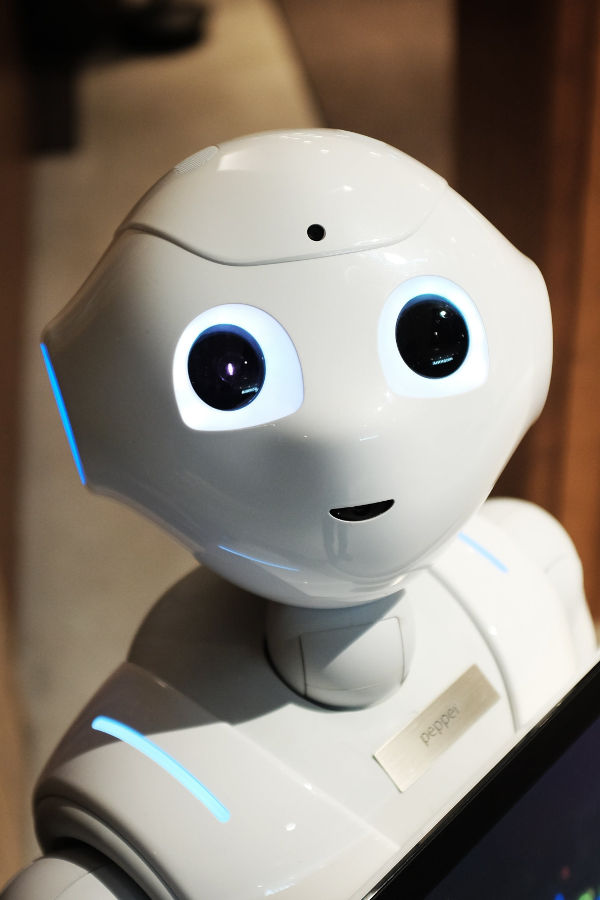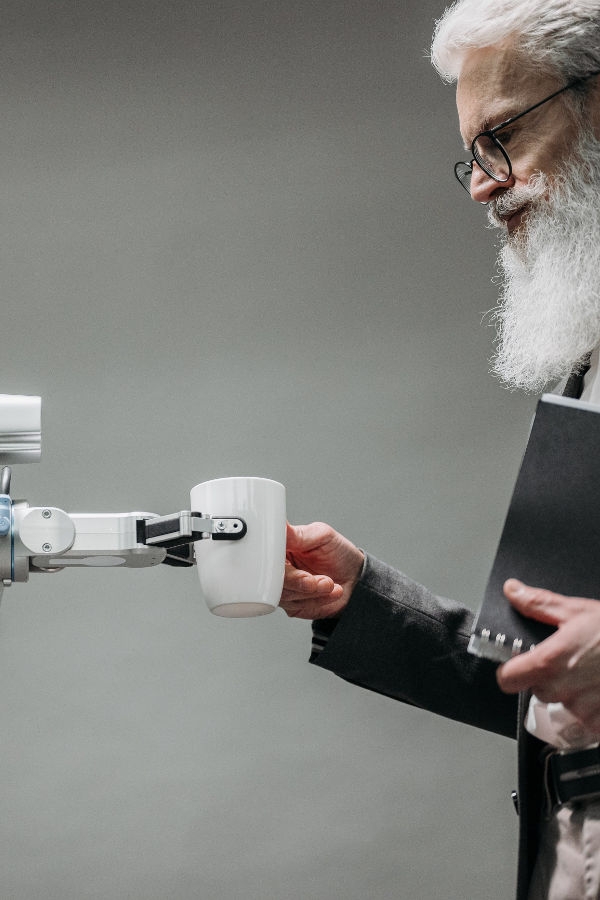언제든지 온라인 과정에 등록할 수 있습니다.
- 이 웹사이트의 채팅을 통해 당사에 연락하여 특정 온라인 과정에 대한 계획된 수업 시작 날짜에 미리 동의하십시오.
- 사전 동의 후 즉시 합의된 특정 온라인 과정을 구매하십시오.
- 구매 후 사전에 합의한 대로 수업 시작 일정을 잡고 필요한 모든 지침을 제공합니다.
Refer to "Purchases and Payments" section (링크) of the "Terms and Conditions" (링크).
새로운 지식과 기술:
새로 고침이 요청되면 귀하가 이미 주어진 주제를 잘 이해하고 있으며 가능한 한 빨리 지식을 새로 고치는 데 집중할 것이라고 가정합니다. 동일하거나 더 간결한 지시와 시간이 덜 걸리지만 더 고급 연습을 받게 됩니다. 이렇게 하면 훨씬 더 빠른 속도로 진행할 수 있으므로 마감일이 촉박할 때 권장됩니다.
개인 튜터와 함께 배우기:
개인 튜터와 함께 학습이 요청되는 경우, 동일한 전담 튜터가 지정된 온라인 과정 또는 개인 튜터가 요청된 과정의 진행 상황을 면밀히 모니터링하도록 합니다. 이를 통해 보다 정확하고 학생에 맞춤적이며 고도로 개인화된 튜터링을 제공합니다: 교육, 동기 부여, 개념 설명 및 학습 강화를 위한 지원. 그러나 개인 과외는 당시 우리가 직면하는 일정 문제로 인해 더 느린 속도로 진행될 수 있으므로 마감 시간이 촉박하지 않은 경우에만 권장됩니다.




